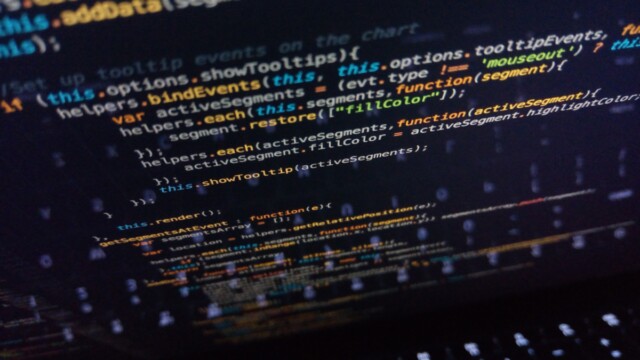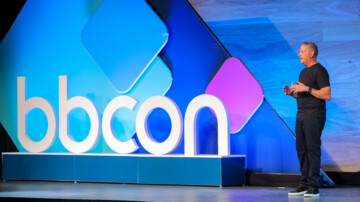Putting the AI in Education: Stepping Toward Generative Artificial Intelligences

Artificial intelligences (the plural is intentional) are clearly having a moment. I wouldn’t be surprised if TIME magazine’s “Person of the Year” for 2023 ends up being ChatGPT. But the very popularity of the moment makes it harder to separate what turns out to be a critically important signal from all the noise. The hype is problematic, but the revolution is real. The odd thing about living through a technological revolution is you think it’s just another Tuesday. But things forever changed when OpenAI released version 3.5 of ChatGPT last December. Generative AIs went from entertaining but ultimately not very useful to virtually indispensable tools, and the change happened overnight.
My hope is that we all—individuals, teachers, students, parents, schools, and government officials—honestly wrestle with this revolutionary change and recognize it as so much more than a “cheat tool.” If we had known the full consequences of Steve Jobs showing us that first iPhone on stage in 2007 and its impacts on our lives, attention, interactions, children, environment, physical and mental health, what hard questions would we have asked? We didn’t ask. It seemed just another Tuesday—just Apple’s version of a mobile phone that not everyone had or even wanted.
Generative AIs have the power to transform education. These technologies can do everything from poetry to code to digital art to research to essay writing. Adaptive learning models can empower teachers to customize instruction for each student’s needs, and students can even personalize a digital tutoring experience. While our upcoming session at bbcon 2023 will focus on where the tools are, we also hope to help shape conversations about where generative AIs are headed.
Imagine empowering a teacher with generative AI to improve question-building workflows for online assessments and open-book evaluations.
Imagine being able to ask your AI to review all your saved topics and suggest alternatives and improvements based on related assessments and grades.
Imagine a coach using an AI to generate a detailed analysis of your best athletes’ movements to help other students learn, model, and improve their own techniques.
Imagine your photography teacher able to explain different shot angles, subjects, apertures, and lighting techniques with nothing more than well-crafted prompts.
/imagine indeed…
Undoubtedly, the tools we use to shape the world end up shaping us. But if we’re genuinely committed to leveraging technology that builds a better world, I can think of no more relevant lesson plan to get right for this year.
*No AIs were used, consulted, or harmed in generating this summary.



